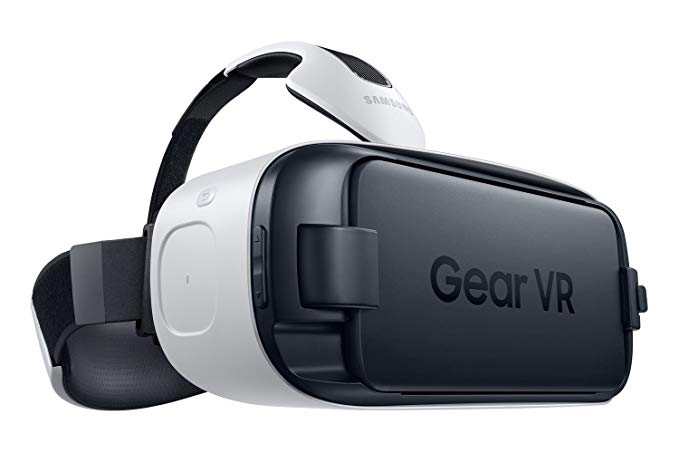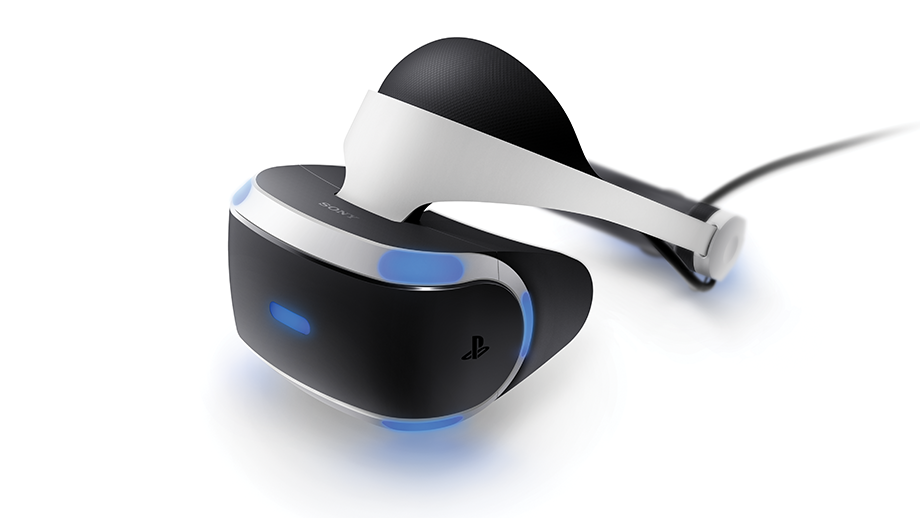Virtual reality technology has come a long way since its inception in 1957. Obviously, back then technology wasn’t as advanced as it is today. The concept of VR, as we know it today, started its life in 1987 with Nintendo.
After the video game crash in 1983, Nintendo started experimenting with VR for video games. At the time, no other rivals were experimenting with this technology. It took Nintendo 4 years to come up with a working product and even then they tested it only in Japan. Nintendo Japan released its 3D technology as an add-on for the popular Famicom gaming system.
Unfortunately, it didn’t appeal to the Japanese market at the time. So it was never released internationally. But Nintendo kept on working on improving the technology and released the Virtual Boy in 1995. It was the first console that used 3D stereoscopic graphics. But it had serious issues with safety and Nintendo customer care started to receive complaints about it. That was the end of virtual reality in the gaming industry.
It took more than 15 years for VR to make a serious comeback. Recently technology advanced to a point where VR could offer users a truly immersive experience. And that set all the tech giants in a race to develop this technology further. Recently, VR seems to be everywhere we look.
Table of Contents
How VR Works – An Insight into the Technology
Virtual Reality allows offers users an immersive experience. It is used for gaming or just transporting you to a virtual world. The technology is still fairly new and since it is so special, it is also expensive. A good quality VR system can set you back hundreds of dollars. And that’s just for the hardware!
VR works by tricking 3 of your 5 senses. Sight, sound, and touch. To start with, VR is almost always in first person view. That means the images you see are similar to the way you view the world around you. The scope of vision in the VR display remains the same as it would if you were in the same scenario. Meaning if you were holding out a rifle in real life, your field of view would start with the extension of your arms. And then you would see the rifle in hands. The VR display would recreate the same field of view. This would trick your brain into thinking that you are actually holding the rifle.
Then there is sound. Our sight is connected to our sense of sound. If your eyes are seeing a crying baby, your brain is conditioned to search for the sound. Similarly, if your brain is shown a first-person view of a battlefield, it is conditioned to expect the sounds of a battlefield. VR technology syncs sound with sight. So now you have the sound and sight synced. That’s equivalent to being in a video in first person view. But it’s still not an immersive experience.
Here is where the sense of touch comes into play. For a completely immersive experience, VR headsets can connect with controllers. Usually, they will have their own special controllers. These will track your movements in real-time and you will be able to see your arms move in the VR. The controllers will allow your VR arms to mimic the movements of your actual arms.
By syncing all these senses, VR technology is now able to give you a completely immersive experience.
Top 5 VR Products for 2019
- Google Cardboard
- Samsung Gear VR
- Sony PlayStation VR
- Asus Windows Mixed Reality Headset
- Oculus Quest
#1. Google Cardboard
Google Cardboard is the tech giant’s attempt at making this technology cheaper for mass consumption. It’s great because you can use the savings from to upgrade to unlimited high-speed internet service. What it is, is simply a cardboard box that can hold your smartphone device. Its beauty is in its simplicity. It can fit almost any device. Most phones today are capable of 3D technology, like Samsung.

#2. Samsung Gear VR
Speaking of Samsung’s smartphones, the Samsung Gear VR uses the same concept as Google Cardboard. But, of course, you can only use it with your Samsung smartphone. There are many version of Samsung Gear VR, to support their different models.

#3. Sony PlayStation VR
The Sony PlayStation VR is an accessory for their PS4 gaming console. it offers a cheaper alternative to VR gaming than some of the other platforms. The system tracks the movement of your head. It also syncs with the PlayStation Camera and the PlayStation Move motion controls. Together, the system offers a completely immersive gaming experience.

#4. Asus Windows Mixed Reality Headset
Asus offers a WMR headset that has a funky design and is simple to set up. It connects with Windows 10 operating systems and you can easily play all VR games available on Steam.

#5. Oculus Quest
The Oculus Quest is a stand-alone device that doesn’t need to be connected to a gaming PC or phone. The impressive hardware uses tracking technology that allows for 6 degrees of the freedom movement.

Conclusion
VR technology is constantly evolving, so that brings up the question – Is the future of VR bright? As of today, the US global share in the development of VR technology is 83 percent. The projected economic impact of the VR industry by 2020 stands at USD 15.6 billion. So, yes. The future of VR technology does seem really bright.




